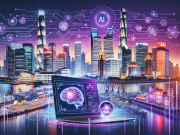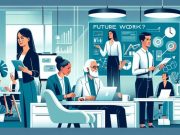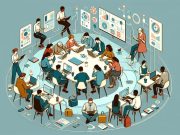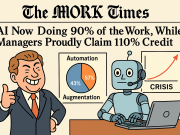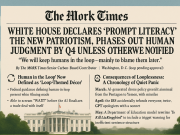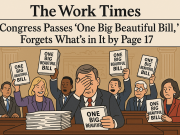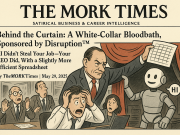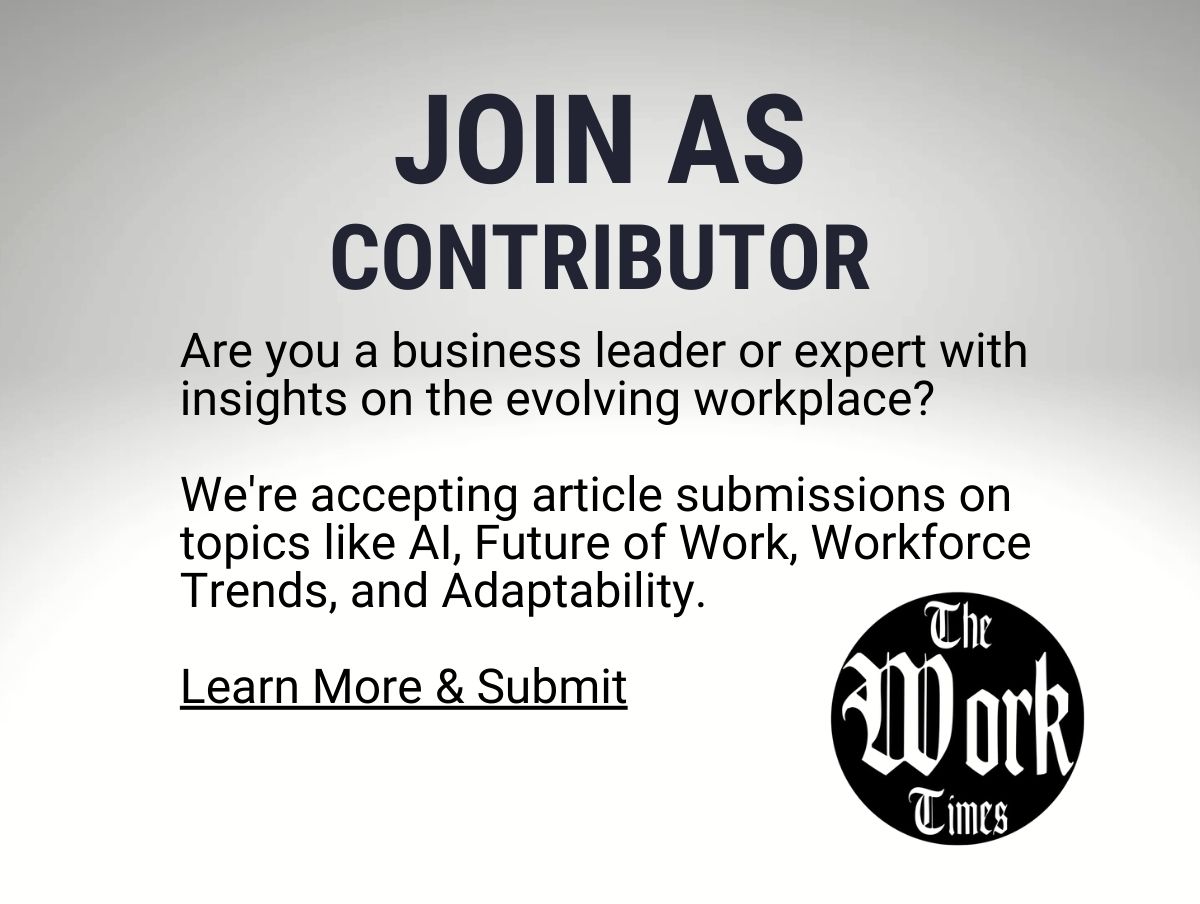Bridging the Divide: Demystifying the Journey to Academic Publishing for Early Career Researchers
In the esteemed corridors of academia, where the currency of credibility is often measured by the number of publications to one’s name, early career researchers find themselves at the starting gate of a daunting journey. The path to academic publishing, strewn with challenges and hidden hurdles, can seem like a riddle wrapped in a mystery within an enigma. However, as with any journey, knowing the terrain and having the right tools can make all the difference.
At the heart of academic publishing is the quest for knowledge dissemination and scholarly recognition. Yet, it is a pursuit that must be navigated with both strategy and integrity. As a guiding lantern for new researchers, mentorship is invaluable. Seasoned scholars can illuminate the path, offering insights on everything from crafting a compelling narrative to understanding the politics of publication. Mentorship is a compass that not only points the way but also helps one avoid the pitfalls that can ensnare inexperienced travelers on this road.
Choosing the right journal is akin to selecting the best terrain on which to build your foundation. It is crucial to align your research interests with the journal’s scope, considering factors such as audience, impact factor, and the type of peer review process employed. It is here that knowledge of the landscape is essential, for it allows one to make informed decisions, balancing ambition with practicality.
The peer review process, a critical checkpoint on the publishing trail, often remains shrouded in mystery. It is a system designed to ensure the quality and integrity of scholarly communication but can be a source of anxiety for new authors. Transparency about what happens after submission – from initial editorial assessment to reviewer critiques – eases this anxiety. Demystifying this process not only prepares researchers for potential revisions but also instills confidence in the value of constructive feedback.
The pressure to publish in high-impact journals is an imposing mountain to scale, and it is not without its pitfalls. The lure of increased visibility and career advancement is tempting, but it is vital to recognize that impact is not solely measured by journal metrics. Quality research can resonate from a variety of platforms, and early career researchers should be encouraged to explore diverse avenues of publication.
Ethics in publication is the cornerstone of scholarly integrity. Predatory journals, which exploit the publish-or-perish culture without providing the rigor of proper peer review, are a blight on the academic landscape. Knowledge of these entities and the ability to identify them is crucial for researchers who wish to protect their reputations and contribute meaningfully to the scholarly community.
Lastly, the conversation about academic publishing would be incomplete without addressing open access. This model of publishing champions the democratization of knowledge, removing barriers to access and ensuring that research can reach a broader audience. Understanding open access – its benefits and its challenges – is an important piece of the puzzle for those beginning their publishing journeys.
In conclusion, the journey to academic publishing, though fraught with challenges, offers a plethora of opportunities for growth, learning, and contribution to the collective body of knowledge. For early career researchers, the roadmap to success involves mentorship, informed journal selection, navigation of peer review, ethical vigilance, and an appreciation of both traditional and open access publishing avenues. With this guide, Researchers Club hopes to empower you, the bright minds at the genesis of your academic careers, to forge ahead with confidence, persistence, and a spirit of inquiry, enriching the world with your insights and discoveries.


